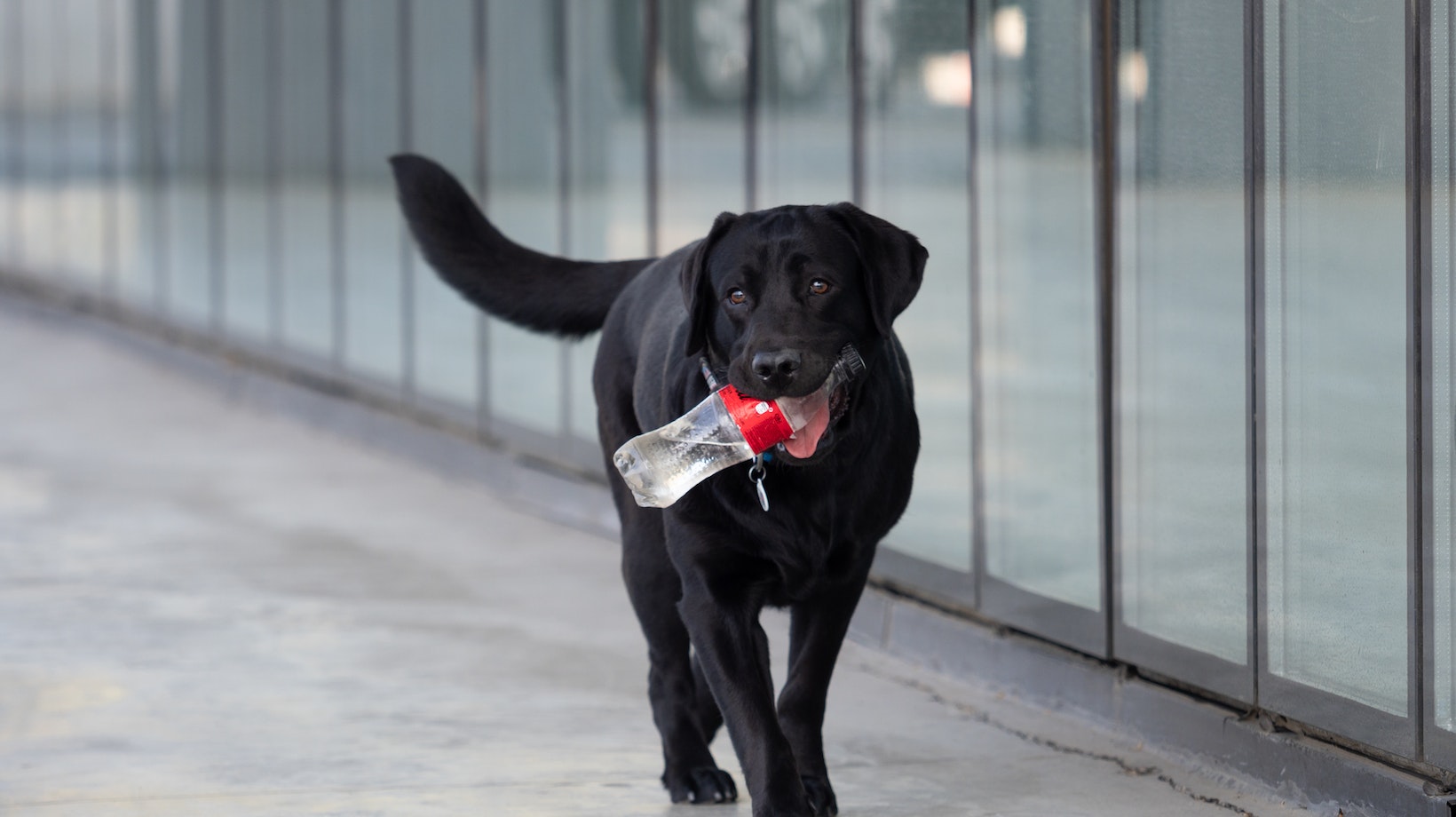How to Calm a Puppy Down from Biting
When it comes to addressing a puppy’s biting behavior, one crucial aspect is teaching them bite inhibition. This refers to training your furry friend to control the force of their bites, which is an essential skill for all dogs, including Labradors. By teaching bite inhibition, you can help ensure that your puppy understands how to play gently without causing harm.
To start this training process, follow these steps:
- React consistently: Whenever your pup bites too hard during playtime, respond with a consistent reaction every time. Let out a loud yelp or say “ouch” in a high-pitched tone to mimic the response another puppy would make if bitten too hard.
- Withdraw attention: After emitting the yelp sound, immediately withdraw your attention from the puppy by turning away or leaving the room briefly. This helps convey that rough play leads to a loss of interaction.
- Redirect biting: Provide an appropriate alternative for your puppy’s chewing needs by offering them a suitable toy or chew bone whenever they attempt to bite you during play.
Remember that consistency is key when teaching bite inhibition. Over time, with patience and repetition, your Labrador will learn that gentle playing is more rewarding and enjoyable than rough behavior.
Engaging in Gentle Play
In addition to teaching bite inhibition, engaging in gentle play with your Labrador can further reinforce positive behaviors while providing an outlet for their energy and natural instincts. Here are some tips on how to engage in gentle play:
- Choose suitable toys: Opt for soft toys specifically designed for interactive play sessions with puppies. These toys should be durable yet gentle on their teeth and gums.
- Use treat-dispensing toys: Incorporating treat-dispensing toys into playtime not only stimulates their minds but also encourages gentle interactions as they work towards getting rewarded.
- Provide structured activities: Engage in activities that encourage controlled movements, such as fetch or hide-and-seek. These games allow your puppy to burn off excess energy while learning to play gently.
By providing appropriate toys, utilizing treat-dispensing devices, and engaging in structured activities, you can channel your Labrador’s natural instincts into gentle play. This not only helps promote positive behavior but also strengthens the bond between you and your furry friend.
Remember that training a puppy takes time and consistency. Be patient and persistent in teaching bite inhibition and engaging in gentle play, and soon enough, you’ll see progress in their behavior.

Teaching Bite Inhibition
When it comes to calming down a biting puppy, implementing a consistent daily exercise routine is key. This not only helps to burn off excess energy but also promotes physical and mental stimulation for your furry friend. In this section, I’ll share some valuable tips on how to establish an effective exercise routine for your Labrador pup.
- Start with short walks: Begin by taking your puppy on short walks around the neighborhood. Gradually increase the duration as they grow older and more accustomed to regular exercise. Walking provides an opportunity for them to explore their surroundings while getting some much-needed exercise.
- Engage in playtime: Labs are known for their playful nature, so incorporating interactive play sessions into their daily routine is essential. Whether it’s playing fetch or engaging in tug-of-war, these activities not only provide physical exercise but also help strengthen the bond between you and your pup.
- Consider mental stimulation: Alongside physical activity, mental stimulation is crucial for keeping your Labrador engaged and preventing boredom-induced biting behavior. Puzzle toys, treat-dispensing toys, and obedience training exercises can all contribute to mental enrichment.
- Provide structured activities: Introducing structured activities such as agility training or obedience classes can benefit both you and your puppy. These activities provide structure and discipline while allowing them to channel their energy in a positive way.
- Monitor intensity levels: While exercise is important, it’s equally important not to overdo it with a young puppy. Be mindful of their age, breed-specific needs, and any signs of fatigue or discomfort during activity.
Remember that each dog is unique, so tailor the exercise routine based on your Labrador’s individual needs and abilities. Consulting with a professional trainer or veterinarian can provide further guidance specific to your pup’s requirements.